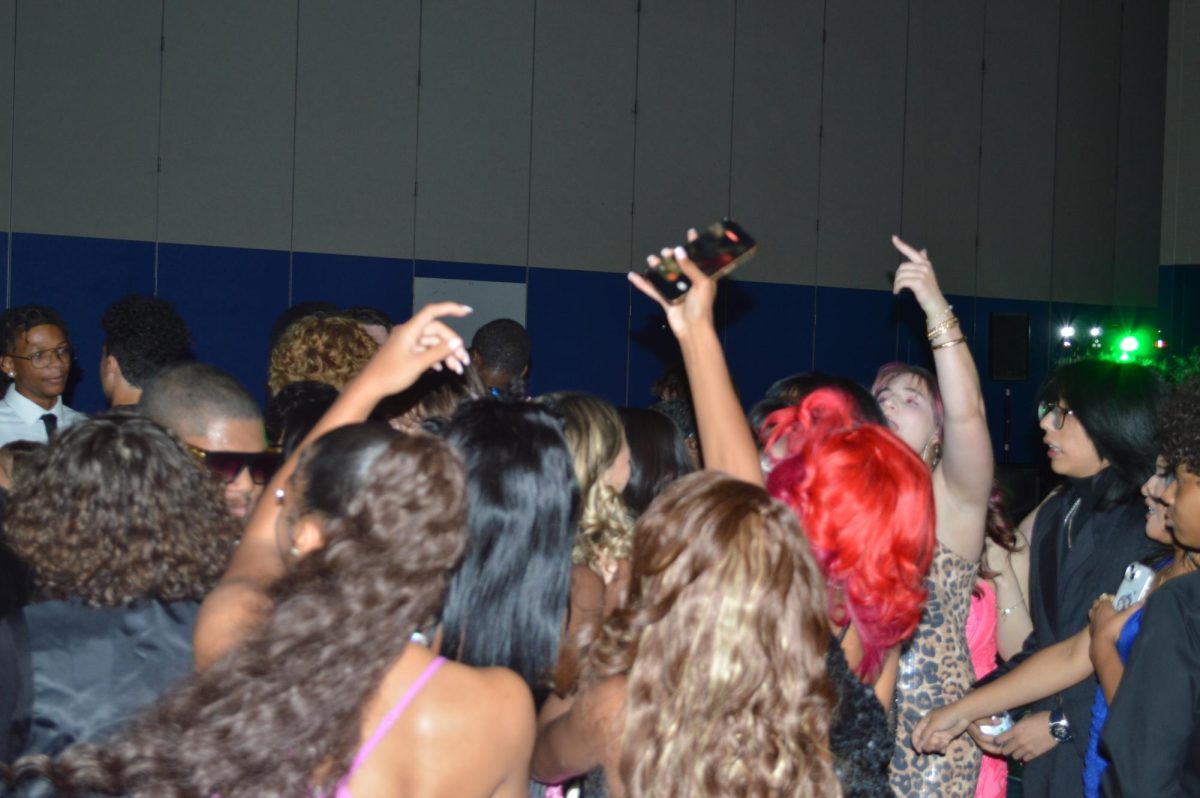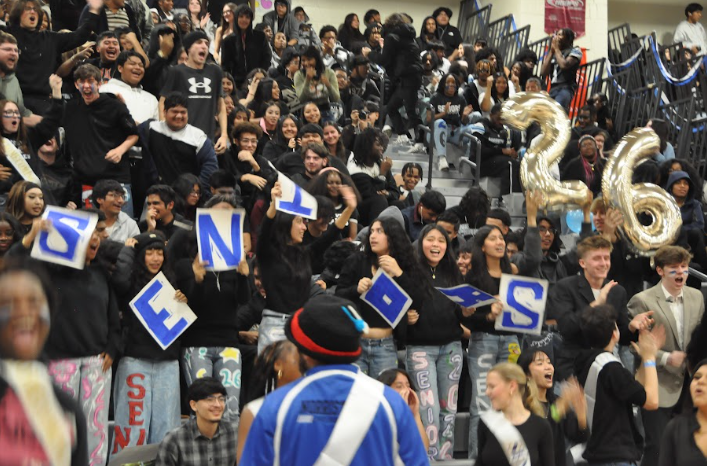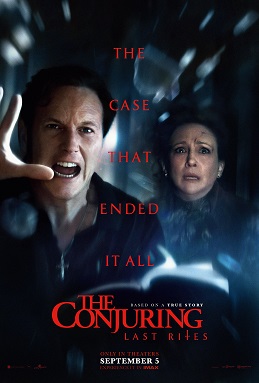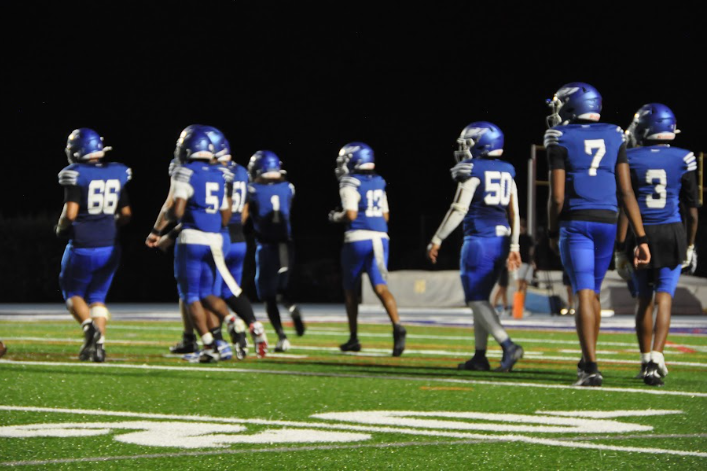I was always in what felt like the minority of students who enjoyed the assigned readings in English class. Even if the works were not to my taste, I still enjoyed discussing their flaws with friends. As I moved on in my academic career, I challenged myself with AP English and Literature courses. While incredibly beneficial, I admit I felt left out when hearing about the classics my friends were reading in their English classes.
Even from class to class, assigned readings tend to change. I realized how many great works I and others were missing out on. Having been exposed to my own set of assigned readings, however, I’d like to share some of the works that were the most impactful to me. This is a comprehensive list that includes works from any class in which I was assigned to read, including works of poetry and short stories, which are often overlooked in these types of conversations.
10. “Antigone” by Sophocles
Typically, old Greek writings tend to frustrate me with the copious references to Greek lore I know nothing about, but Antigone struck me as different. I read this for AP Literature and Composition during the summer. Initiall,y I did not feel too strongly about it, save for an enjoyment of the relationship between the rebellious Antigone and her docile sister Ismene.
My attachment to this work comes more from the circumstance in which I revisited it for class. I was coming off of watching Mathieu Kassovitz’s, La Haine, which is now among my favorite films of all time. When I was writing my paper for Antigone it occurred to me that the story between the sisters had themes strikingly similar to those covered in La Haine. The actions taken by either sister held no bearing on how they would be judged by the tyrannical king. Innocent or guilty, all would be punished regardless. Their oppressive society robbed the sisters of everything they loved, and after a revisit, I found the story quite compelling.
9. “Those Winter Sundays” by Robert Hayden
This poem is one of the first works I can recall in my high school career that really left a mark on me. It was such an honest portrayal of the working class and so contrary to the style of literary works I had read previously. In 10th grade, my view of poetry was woefully ignorant. The first thing that came to mind when thinking of the medium was Shakespearean sonnets that I couldn’t decipher.
This poem was going triple platinum in my classes, appearing in both my 10th-grade English class and in AP Literature and Composition. Its deceptively plain subject betrays a look into a more subtle love that is no less genuine for not being an overt display of affection.
8. “Hi Howya Doin” by Joyce Carol Oates
This is a short story about a jogger. It was one of the works I read in my AP Literature class when doing a lesson on black comedy. I think the sheer novelty of reading black comedy influenced this story’s staying power. It wasn’t like anything I’d ever read in school before. Oates uses a run-on sentence structure (or lack thereof) to tell this story. It was impressive given how well every aspect blended into each other. This choice that seems gimmicky worked to build tension and enhance the fast-paced blur that is going on a jog. It encapsulates the approaching exhaustion and the thoughts racing alongside you.
“Hi Howya Doin” is a satirical take on the social pleasantries people are expected to exchange. Typically, neither party really cares or is honest in asking or answering the question of “howya doin.” It’s a mindless phrase thrown out there to be polite. The jogger runs past the person he directs the question at before ever getting a response. The only one honest in their answer is the final person the jogger comes across, culminating in a shocking finish that struck me as absurd in the best way.
7. “A Doll’s House” by Henrik Ibsen
This was one of the various plays I read in AP Literature and Composition. This was quite easy to get through despite it having been assigned as summer reading. A Doll’s House is funny in a sort of horrifying way. The main character, Nora, is this cartoonish housewife who carries herself in an almost childlike manner to appease her husband. This act she puts on is detrimental to her development into an actualized individual.
Nora’s journey of coming to this realization is chaotic in a very entertaining way. She is desperate in her attempts to keep her husband ignorant of her more immoral actions until she isn’t. Ibsen provides insight into the struggles of a housewife whose society is not made with her in mind.
6. “The Writer” by Richard Wilbur
This work is a bit of a special case. It was technically assigned, but within the context of a practice AP Literature exam in some workbook. I was being timed, so I had to be quick in my appreciation for this poem, revisiting it once I had finished. I’m usually primed to expect poems I couldn’t hope to sort out, which is why I was pleasantly surprised by this one.
The point of view of the poem is that of a father wishing his daughter a lucky passage through the tumultuous time that is her youth. I found it very sweet. The daughter is a writer who takes her craft very seriously, as everything at her stage in life seems to feel like life or death. It is a poem that felt especially relevant as a graduating senior.
5. “My Papa’s Waltz” by Theodore Roethke
More working class poetry brought to you by my creative writing class! “My Papa’s Waltz” is a poem that provides a look at the effects of working blue-collar jobs, told from the perspective of a young child.
The rhyme scheme lends to an easy, carefree mood that contrasts with the drunken waltzing the father carries out. I found myself fond and nostalgic of the scene playing out despite not having had the exact same experience. The innocent love felt by the son is so sincere and ignorant of the father’s faults that it moved me to overlook them for a time as well.
4. “Starlings in the Winter” by Mary Oliver
This poem I read in my 10th-grade English class was my gateway drug into Mary Oliver. Her language is so earnest and simple, which makes it easy for anyone to read and appreciate. Oliver is able to tap into this deep admiration for everything around her, especially nature, without being too cloying.
“Starlings in the Winter” creates this feeling of smallness in the reader as the speaker expresses this desire to be like a starling who intrinsically knows what it is and is not. The juxtaposition between the admiration of these forces of nature and the speaker’s own humanity emphasizes the difference between where the speaker is and where they’d like to be. The last few stanzas are especially impactful as the repetition of “I feel” and “I want” creates this rhythm of flapping wings moving past the things that haunt them.
3. “A Raisin in the Sun” by Lorraine Hansberry
This was the assigned long-form work for my English II class, where we were each given a role to play. My teacher had provided a basic outline for each character and the length of their speaking roles. I had foolishly assumed that I could sign up for the character of Bobo for something light. The only scene he appears in is one of the most emotionally charged scenes in the play. I was acting for my life.
I had the fortune to watch the play and found parts that were even better than I remember- things my 10th-grade self may have overlooked. This is a 27-year-old Lorraine Hansberry’s debut as a playwright. Hansberry tackles the theme of deferred dreams through the characters that has them cycling through every possible emotion. It is moving to see the effects of generational trauma on the family. Not one aspect of their lives remains untouched. As devastating as some of the events of the play are, there still remains that hope for greater things.
2. “The Fourth State of Matter” by Jo Ann Beard
This piece of creative nonfiction pertains to the 1991 University of Iowa shooting. This was an optional read for my creative writing class. Not having much inspiration to start my own personal narrative, I chose to give it a read– an incredible choice on my part.
From start to finish, I was fully immersed. The depressive mood of the author is almost contagious. The reader is lulled into a false sense of security as they are walked through the mundane aspects of the author’s life: home, work, dying dog, failing marriage. The ending still comes to me as a shock, even with the clues of what would come woven into the text. Rather than create any feeling of dire emergency, it builds a cold horror within the reader, like a latent grief not yet felt but known. It is an amazing read from start to finish.
1. “Narrative of the Life of Frederick Douglass” by Frederick Douglass
Frederick Douglass’s slave narrative is one of my favorite works that I read in AP Language and Composition and perhaps in my entire high school career. It’s a relatively short read, and not one word is wasted. We were always tasked with annotating every other page or writing a dialectical journal- things I usually dreaded, but I found it was not an issue at all. There was not one page on which I lacked something to say.
The accounts of Douglass’s various experiences are all expertly crafted, though there was an aspect I hadn’t expected amongst all the horror. The magnitude of love he holds for those dear to him is so strongly felt. Despite the cruelties he experienced and witnessed, he never loses that sensitivity and heart he so carefully conveys. His hunger for learning is also incredible–it serves as a powerful reminder that education is an essential tool.














Leah D'Annunzio • May 28, 2025 at 1:43 pm
I love this list, Denisse! Thanks for introducing me to some poetry I hadn’t read before. Great article!
Maci S Jordan • May 28, 2025 at 11:17 am
I agree with A Raisin in The Sun
Maria Loebig • May 28, 2025 at 10:26 am
And this is why you are my classroom philosopher!! Great analysis of each work of literature.